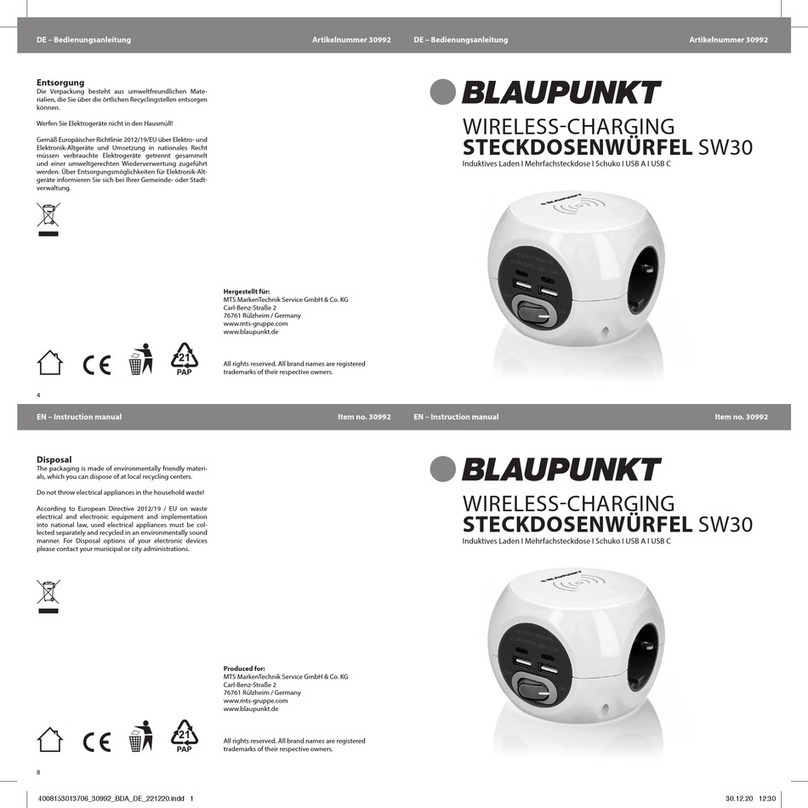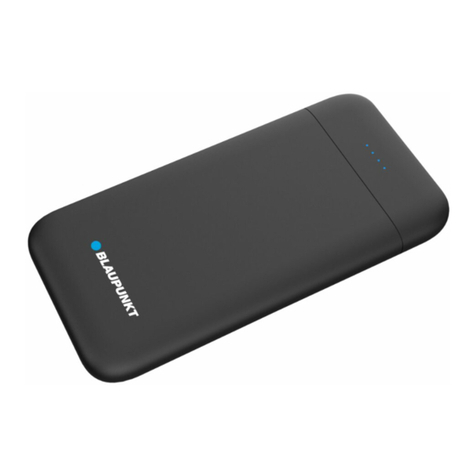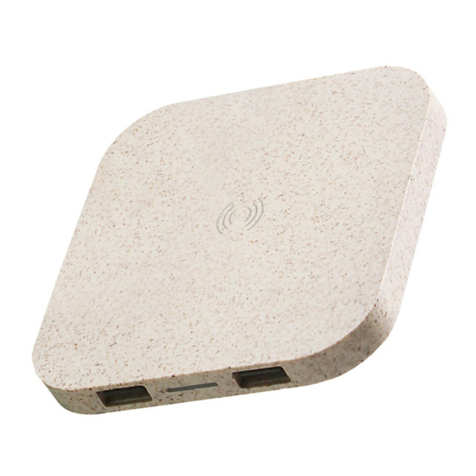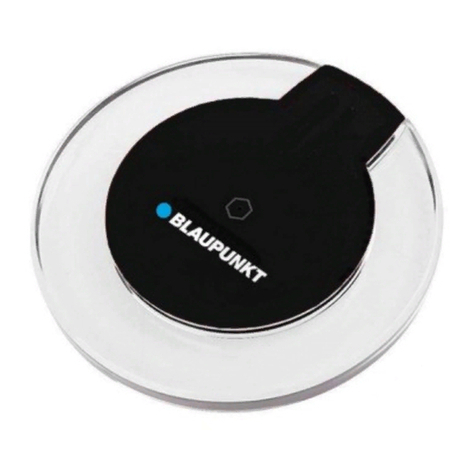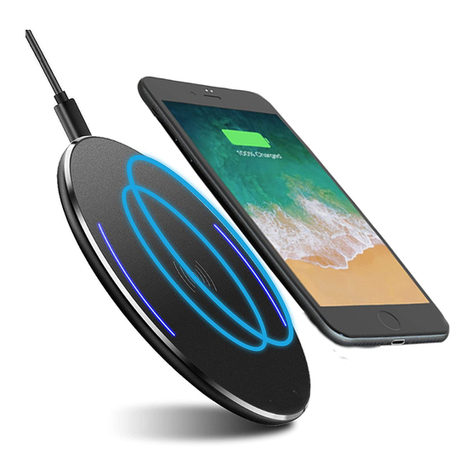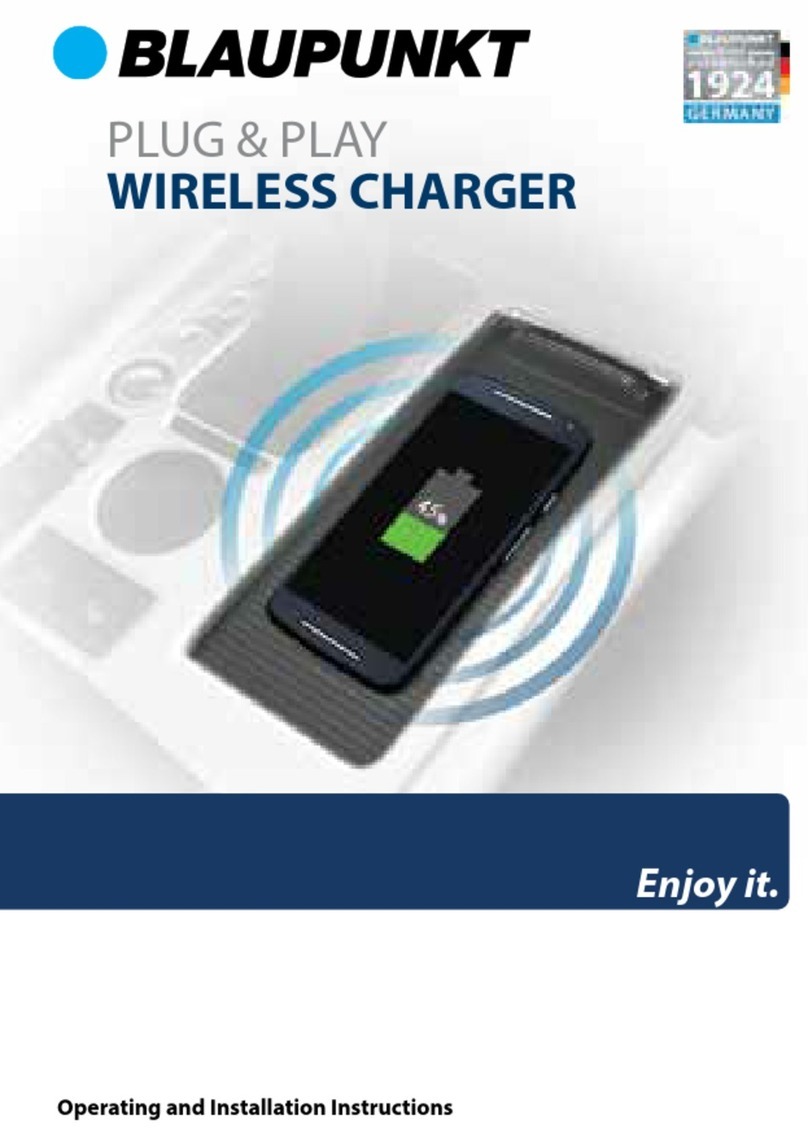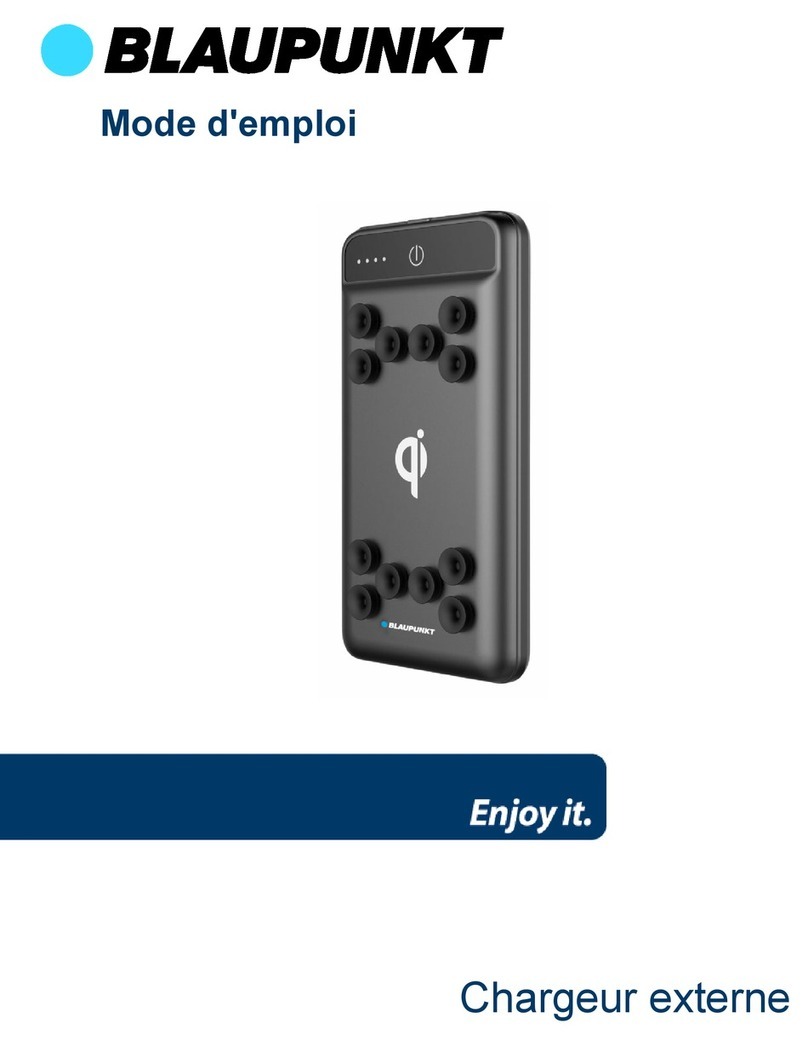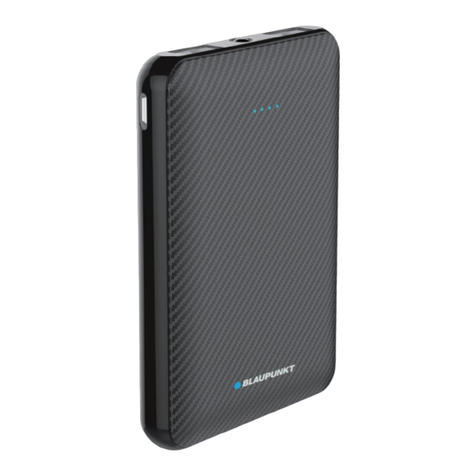
EN
Electrical Tools – General Safety Guidelines
These are still relevant if you have purchased a battery tool and it is supplied with a battery charger.
• Use an RCD: For safe operation it is always necessary to use and RCD device which will protect you in the case of an electrical
emergency.
• Operating voltage: Before putting the tool into operation, make sure that the voltage stated on the rating plate is the same
as that of your electricity supply.
• Extension cables: Always ensure a cable is does not become a trip hazard by routing it safely to your work location. Do not
walk, ride or place objects on the cable as it will result in damage. It is important that you are aware of the location of an
extension cable whenever you are working to prevent accidents. Always protect power cables from sharp edges, heat and oil.
Do not allow the cable to become knotted or kinked.
• If the extension cord becomes damaged: Pull the plug immediately from the socket outlet, do not touch the cable until you
have done so.
Battery Tools – General Safety Guidelines
These guidelines are relevant for all tools supplied with a battery.
• Battery Acid Hazard: If accidental damage occurs to the battery or it is used under abusive conditions, liquid may be ejected
from the battery; avoid contact. Liquid ejected from the battery may cause irritation or burns.
• If Contact Occurs, quickly flush with water. If liquid contacts eyes flush with water for a minimum of 10 minutes and seek
medical help. Inform the medical staff that the liquid is a 25-35% solution of potassium hydroxide.
• Connecting A Battery: Before connecting a battery to a power tool always ensure that the on/off switch is locked in the off
position. Unintentional activation of the tool may result in serious personal injury.
• Transporting The Tool: Always remove the battery before transporting the tool when transporting the tool to avoid uninten-
tional activation.
• Charger: Recharge only with the charger specified by the BLAUPUNKT. A charger that is suitable for one type of battery pack
may create a risk of fire when used with another battery pack.
• Correct Battery: Use BLAUPUNKT power tools only with BLAUPUNKT battery packs. Use of any other battery packs may create
a risk of injury and fire.
• Short Circuit Hazard: When battery pack is not in use, keep it away from other metal objects, like paper clips, coins, keys, nails,
screws or other small metal objects that can make a connection from one terminal to another. Shorting the battery terminals
together may cause burns or a fire.
• Do Not Open: Never attempt to open the battery pack for any reason. If the plastic housing of the battery pack breaks open
or cracks, immediately discontinue its use and do not recharge it.
• Disposal: When the battery reaches the end of it’s life or is disposed of for any other reason, it must not be disposed of in
household waste. In order to protect the environment please take to your local waste recycling centre or other authorised
collection and disposal facility.
• Overcharging: Once the battery is charged and the green light is illuminated remove the battery immediately.
Power Tools – General Safety Guidelines
This guidance is general guidance for all electrical power tools and accessories such as chargers, other advice specific to the supplied power tool is
contained in the relevant section of this manual. Failure to adhere to the following may result in electric shock or serious injury.
• Wear Protective Equipment: Ensure you wear all personal protective equipment as directed in this manual.
• Eye Protection: Always wear eye protection. Any power tool can throw foreign objects into your eyes and cause permanent eye damage. ALWAYS
wear safety goggles (not glasses) that comply with EU safety standard EN166. Everyday glasses have only impact resistant lenses. They ARE NOT
safety glasses.
• Hand Protection: Always wear suitable gloves compliant with EU safety standard EN388
• Hearing Protection: Always wear suitable hearing protection compliant with EU safety standard EN352
• Dust Masks: Always wear a dust mask compliant with EN149/EN405 suitable for the material you are working with.
• Before each use: You must inspect the condition of the tool. If any damage is found you must not use the tool and have it repaired by a suitably
qualified person.
• Check Working Area: Check your work area to ensure it is clear of hazards and people, always maintain a tidy area while working to reduce risk of
injury.
• Wet and Damp: Electrical tools must not be used in wet, damp conditions or during rain, neither should they be left or stored outside. Never
touch the plug or operate the machine with wet hands.
• Dress properly: Do not wear loose clothing or jewellery. Keep your hair, clothing and gloves away from moving parts. Loose clothes, jewellery or
long hair can be caught in moving parts.
• Take Regular Breaks: Tiredness can result in loss of concentration and makes working with tools dangerous.
• Adults Only: Power tools are designed for use by able bodied ADULTS only. If you are in any way unsure of your ability to use the tool – do not use
it.
• Training: Never use a power tool unless you have undertaken formal training in its use, there are often unforeseen factors that may put you or
others in danger.
• Loaning Tools: Only loan tools to people you are sure are trained to use them. Always provide the instruction manual along with the tool.
• Medicines and Drugs: Never operate tools or machinery if you are taking medication that may leave you drowsy, or if you are under influence of
alcohol or illegal drugs.
• Store in a Safe Place: When not in use or once you have finished using, Power tools must always be stored in a safe place away from damp/water
and not accessible to children or others. In between breaks or tasks it is important to ensure that tools are placed in a safe location.
• For Intended Use Only: Power tools should be used for their intended use only – always check the manual if unsure.
• Dust: If devices are provided for the connection of dust extraction and collection facilities, ensure these are connected and properly used. Use of
dust collection can reduce dust related hazards.
• Water: Do not expose power tools to rain or wet conditions. Water entering a power tool will increase the risk of electric shock.
• Explosion Hazard: Do not operate power tools in explosive atmospheres, such as in the presence of flammable liquids, gases or dust. Power tools
create sparks which may ignite the dust or fumes.
• Service: Have your power tool serviced by a qualified repair person using only identical replacement parts. This will ensure that the safety of the
power tool is maintained.
Electrical Tools – General Safety Guidelines
These are still relevant if you have purchased a battery tool and it is supplied with a battery charger.
• Use an RCD: For safe operation it is always necessary to use and RCD device which will protect you in the case of an electrical emergency.
• Operating voltage: Before putting the tool into operation, make sure that the voltage stated on the rating plate is the same as that of your
electricity supply.
• Extension cables: Always ensure a cable is does not become a trip hazard by routing it safely to your work location. Do not walk, ride or place
objects on the cable as it will result in damage. It is important that you are aware of the location of an extension cable whenever you are working
to prevent accidents. Always protect power cables from sharp edges, heat and oil. Do not allow the cable to become knotted or kinked.
• If the extension cord becomes damaged: Pull the plug immediately from the socket outlet, do not touch the cable until you have done so.

